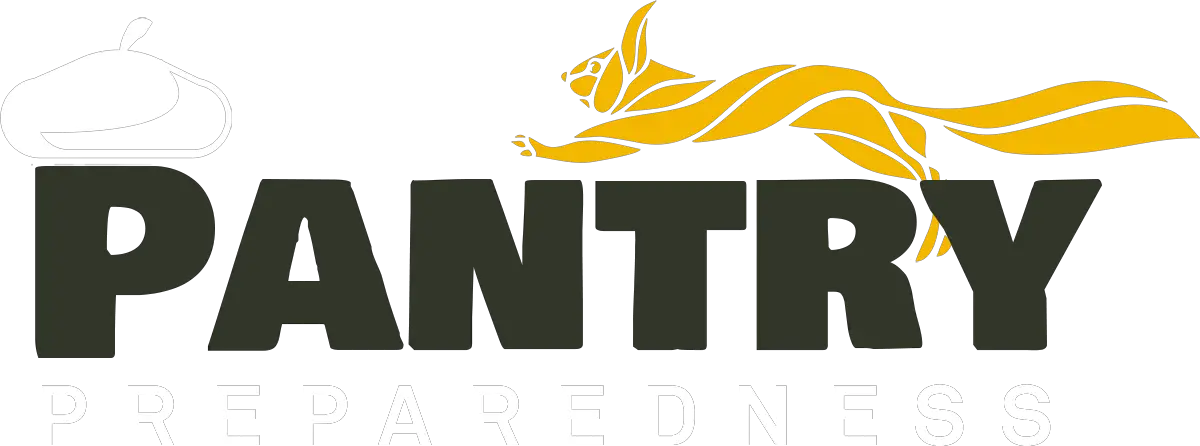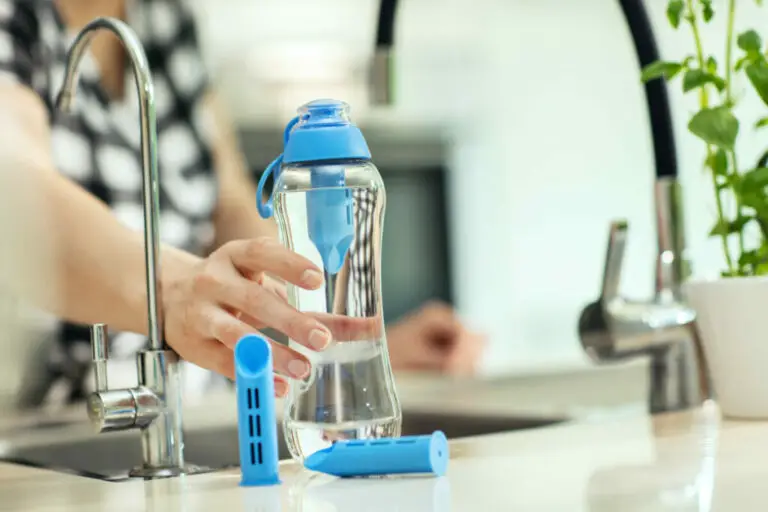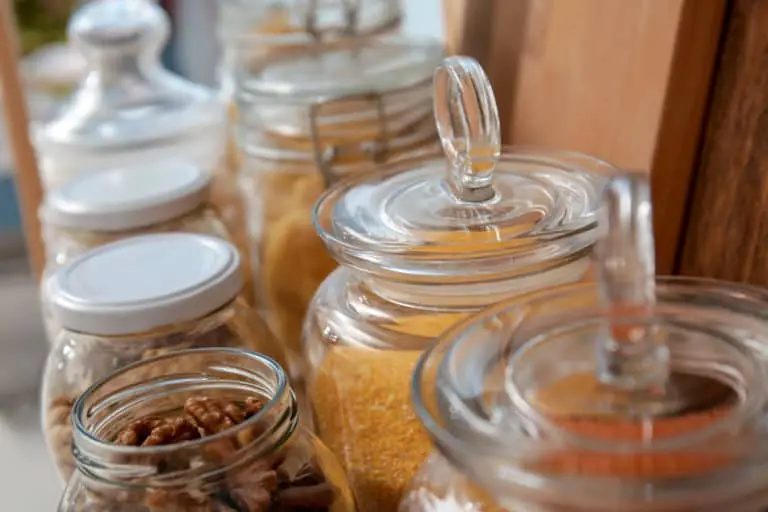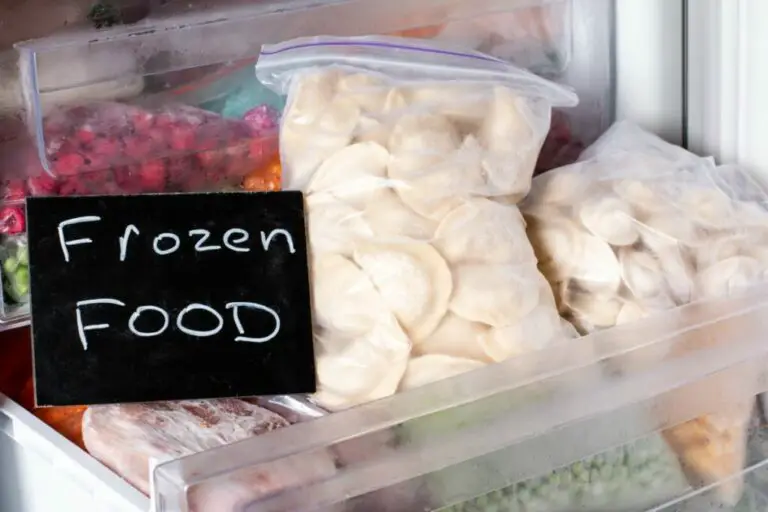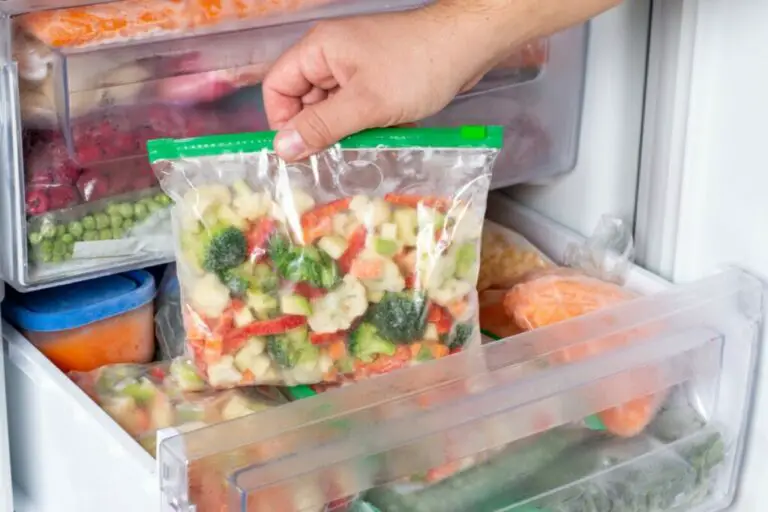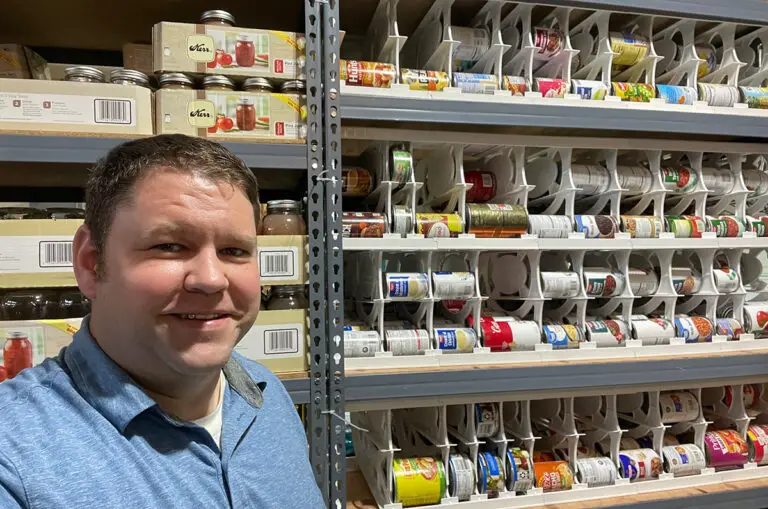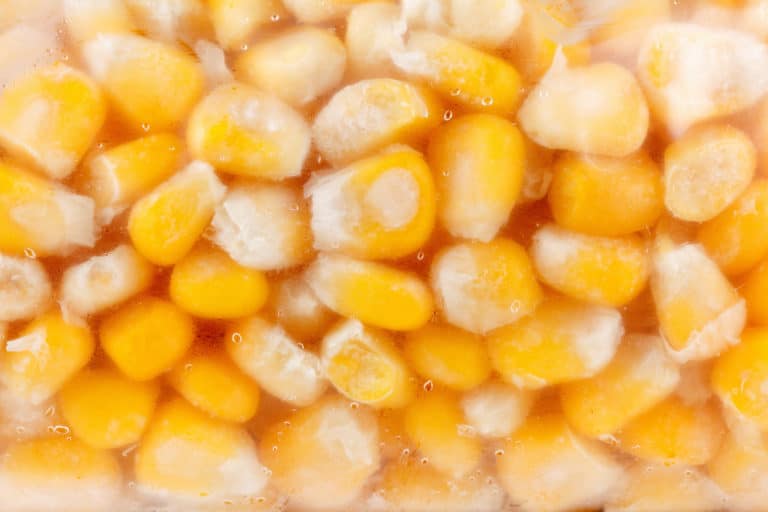Having a healthy amount of food storage has tremendous benefits. Emergencies ranging from a temporary financial setback to a worldwide pandemic can make having your own food storage a real blessing.
I know in 2020 we were glad we had stored up on a lot of things. Toilet paper wasn’t even an issue because we keep plenty on hand. It actually gave us an opportunity to break out the wheat grinder and make some homemade bread to minimize trips to the store.
The point is, you never know when having your own food storage will be helpful, or even necessary.
But it can be overwhelming trying to figure out what to store, where to store it, and how much you need to store. That’s why I made this guide to help you know exactly what you need to do. Here are 4 steps for getting started with food storage.
Start By Storing Enough Food for Your Family for 3 Days
72 hours or 3 days’ worth of food is a great place to start. For most people, accumulating and storing several months’ worth of food can be daunting, not to mention cost and space prohibitive. So before we dive all the way in, let’s start with the basics.
The reason I recommend starting with 3 days is that’s usually long enough to get your feet under you in many emergency situations.
It’s the same principle behind the first baby step in Dave Ramsey’s plan to get out of debt. First, you save up $1,000 for a basic emergency fund. That way a small financial emergency doesn’t derail your whole plan. 72 hours’ worth of food isn’t hard to set aside and it’s enough to give you peace of mind while you work through a more robust food storage plan.
It’s also a small enough amount of food that when packed in a 72-hour kit it’s easy to carry with you. So if you need to bug out you can just grab your 72-hour kit and go. Within 3 days, you’ll usually be able to get to a more stable food situation.
Your 72-hour kit will contain more than just food. It should also include enough water and other basic supplies to survive for 3 days. Typically this works best if you have a backpack for each person in the family. We’ll cover 72-hour kits in detail in another post.
The food in your 72-hour kit should be food that doesn’t require any cooking and that can last for a long time.
Emergency rations work well because you can get a lot of calories in very little space. But high-carb, energy-packed foods like granola bars and fruit snacks work pretty well too. They’ll give you the energy you need without taking up a lot of space or adding a lot of weight to your bag.
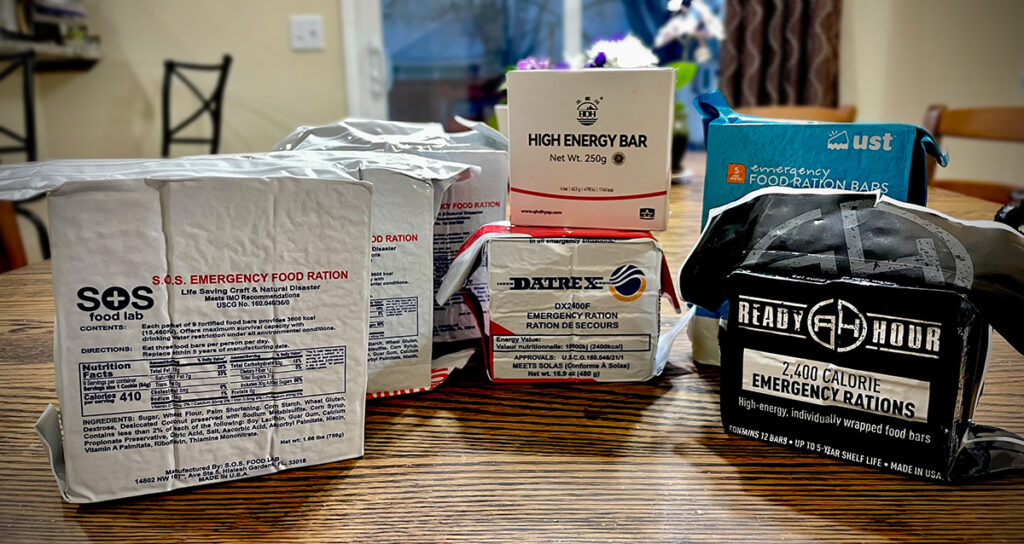
We always had some hard candies we could suck on, like jolly ranchers, because they’ll give you quick energy, they’re shelf stable for a long time, and they taste good and we can all use a little bit of flavor if we’re going through an emergency situation.
Just make sure you pack enough calories for each person for 3 days.
How many calories to pack depends a lot on the person. At 6 feet tall and being a pretty big guy, I burn a lot of calories. My 3-year-old, on the other hand, burns very few.
So start by figuring out how many calories to pack for each person in your family by figuring out their daily caloric need and then packing 3 times that. This is a great calculator from Mayo Clinic for figuring out how much each person needs.
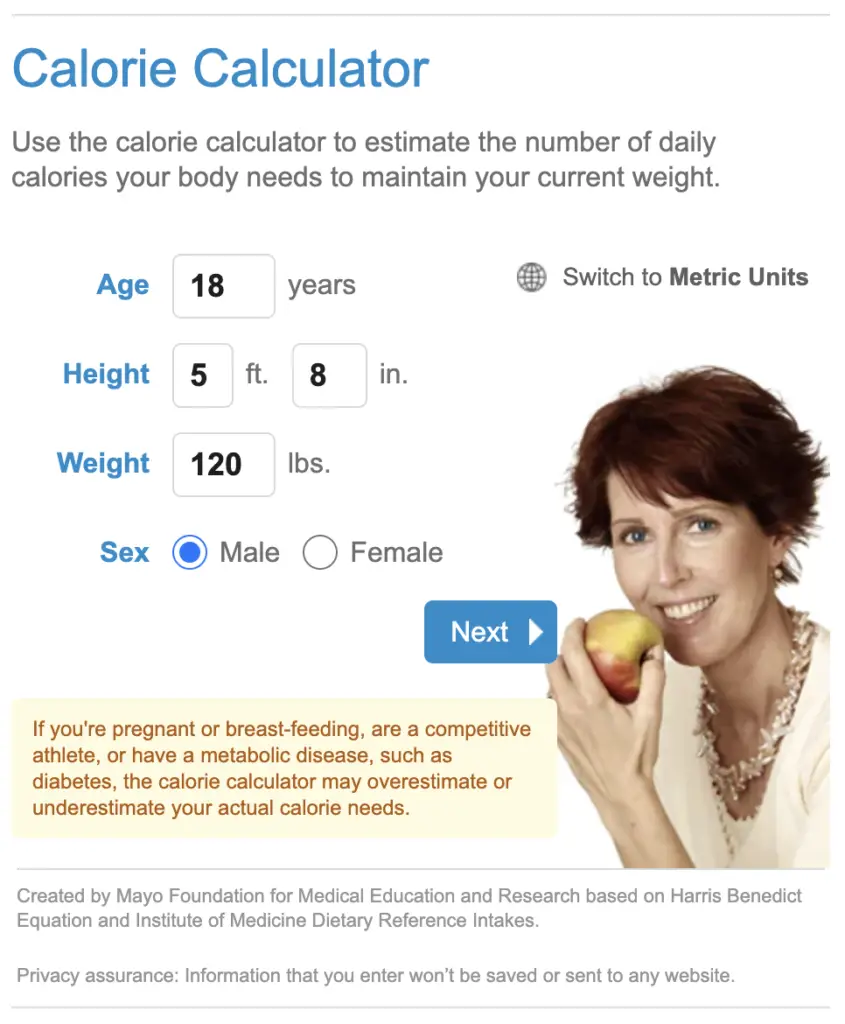
It only works for people over 18 though but for kids under 12, about 1,200 calories per day is a good rule of thumb, and for teens, I would just enter 18 as their age and enter their correct weight and height.
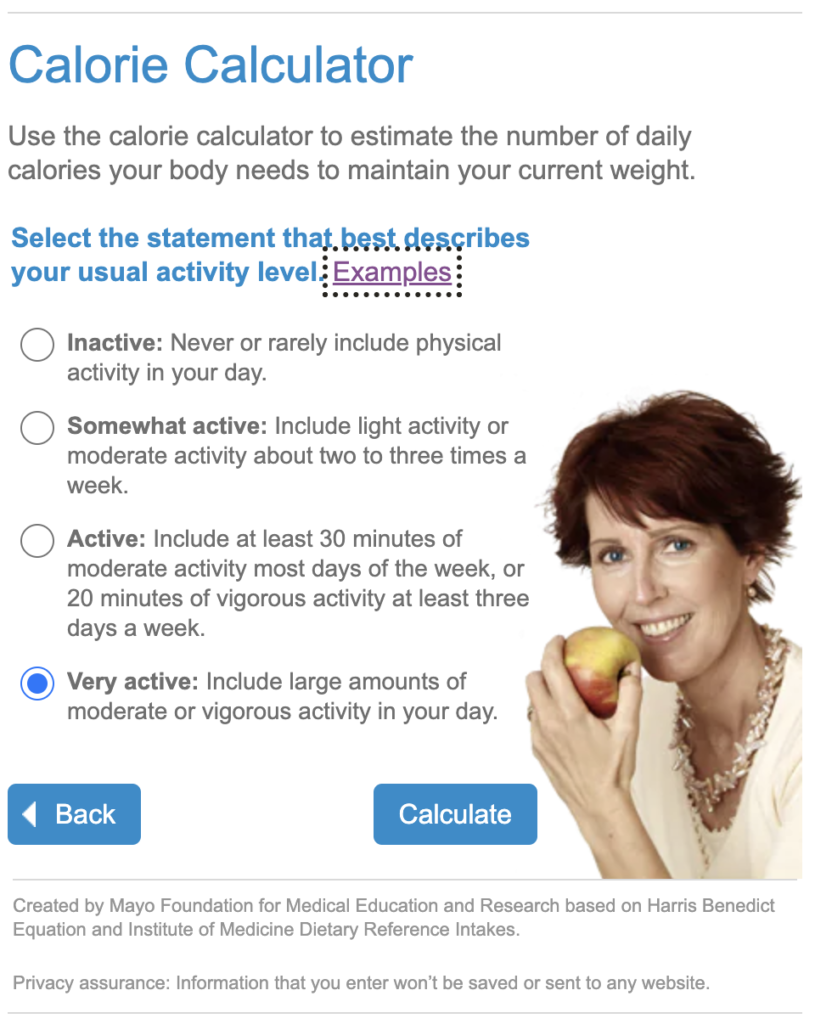
On the next page I select “Very Active” since in most emergencies I figure we’re not going to be terribly sedentary. Then click “Calculate”.
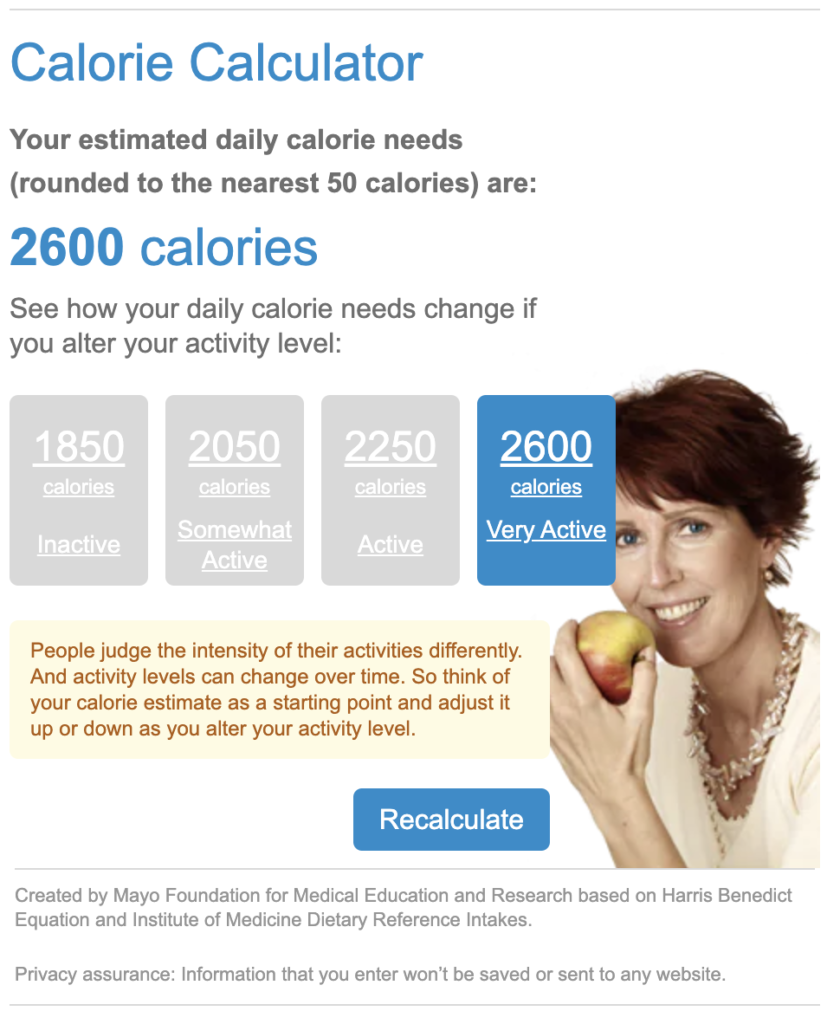
You can see that this person could burn up to 2,600 calories per day. So for emergency food storage, I’m going to plan on somewhere between the low end of 1,850 and 2,600. For long-term food storage, I might assume a level of activity that represents your normal activity level and base your caloric needs on that.
Figure Out How Much Long-Term Food Storage You Need
With a 3-day emergency food supply packed away, you’re ready to start planning for your long-term food storage.
At this stage, we start by figuring out how much food we need to store.
For long-term food storage, I like to assume that our caloric needs will match the caloric needs we have in our current lifestyle. If you’re somewhat active then you’ll need enough calories for someone of your age, weight, and gender who is somewhat active. Use the calculator from Mayo Clinic that we used before. This will give you your daily calorie needs.
Do the same for each person in your household. Add them up and you’ll know how many calories of food you need for each day.
Next, we need to decide how long we want our food storage to last in an emergency.
Some people recommend a full year of food storage. That’s not terribly expensive or hard to do for some of the staple ingredients like rice, wheat, sugar, and beans. But it gets harder with other proteins, fruits, and vegetables.
There are some great options for these foods, but they can get pricey quickly.
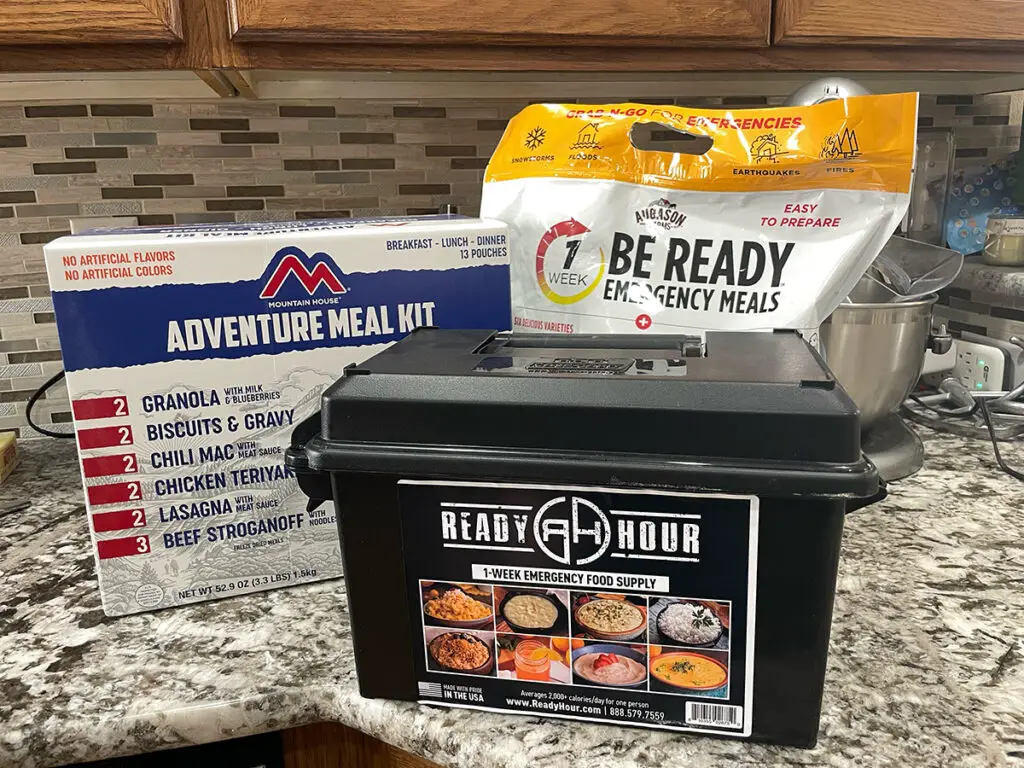
To figure out how long your food storage needs to last, think through the most likely scenarios where you might fall back onto your food storage. Yes, there are catastrophic natural disasters and political upheaval. But believe it or not, the most common scenario I’ve seen where people have been really blessed by having food storage is an unforeseen job loss.
We also saw during the Covid-19 pandemic (and the drawn-out aftermath) a huge supply chain slowdown that seems to continue to this day.
In any scenario, you need enough food to get you through to where you’ll be able to reliably get food again. So if we go so far as to consider the scenario where civilization as we know it ends, you’ll need enough food storage to last until you start producing your own. If that means waiting for the right season, planting a large garden, and waiting to harvest then it could be a year.
So decide what types of scenarios you are in a position to prepare for and based on that, figure out how much food you’ll need. I like to start by figuring out the number of calories, we’ll come to specific foods later.
List Your Options for Storing Food
Once we know how much food we want to store, it’s time to figure out what options we have for storing food.
Some people live on acres of land and have a large root cellar. Others live in a small apartment with too little storage for everyday things, let alone food storage.
Look at your situation and think through what storage options you have. If you’re in the first group and have ample room to store whatever you want, that’s great! You have options.
The kind of foods you can store will depend largely on the space you have available. Here are some common long-term food storage options.
| Storage Option | Foods You Can Store |
|---|---|
| Freezer Space | Bagged Fruits and Vegetables Freezer Jams Bread Milk Grated Cheese Butter Fish and Meat (stores well when individually wrapped or vacuum sealed) |
| Garage, Attic, or Non-Climate Controlled Storage | Dry-packed Staple Foods (flour, wheat, sugar, beans, rice, powdered milk, etc.) Canned Food (be careful if it gets really hot in your garage) Bottled Food – Fruits, Juices, Sauces, Jams and Jellies, etc. (also can be a problem if it gets too hot) Freeze-Dried Meals |
| Cool or Climate-Controlled Room | Dry-packed Staple Foods Canned Food Bottled Food Freeze-Dried Meals |
You’ll notice that in a climate-controlled room, like any room in the main living areas of a house, canned and bottled foods have fewer issues. We’ve literally had canned fruit rupture in our garage and make a huge mess.
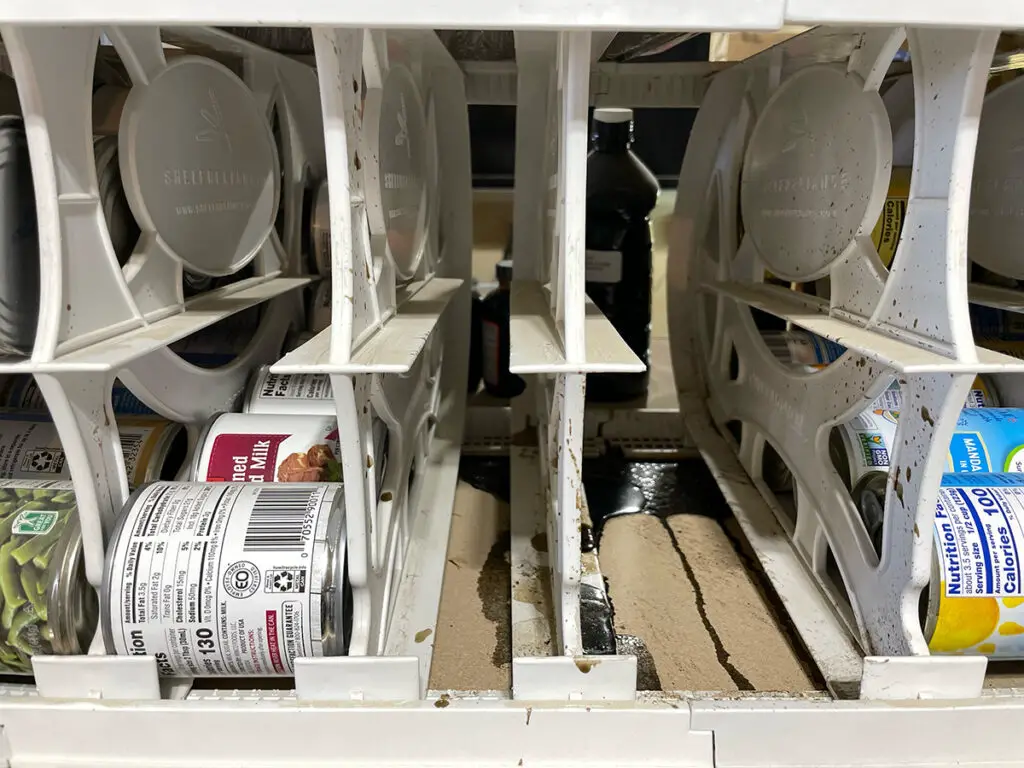
But most people don’t have a ton of storage space inside their house. Well, you may have more than you think you do. That’s where some creativity can be incredibly helpful.
I’ve seen people store cans of food under beds and sofas and in closets. In our home, we like to keep our bottled fruit, jelly, juice, and salsa on top of our kitchen cabinets. Not only is it a great use of space, but it’s also actually a decorative feature of our home that gives it a more farm-house kitchen feel.

Another option is to rent a storage unit. Some storage units won’t allow food storage, but I’ve checked with several and they don’t prohibit it. The problem is that food attracts pests. However, if your food is well sealed in cans, mylar bags, or jars then there won’t be any food smell so pests won’t be an issue.
Whatever your situation, you’ll need to figure out what options you have for storing food so you can start planning exactly what food to start accumulating.
Make a Plan for Building Up Your Long-Term Food Storage
Now that you know how much food you need (at least in terms of calories) and you know where you could feasibly store it, it’s time to plan out exactly what foods you want to include in your food storage and how much.
As you plan out your food storage here are some important things to keep in mind.
For Food Storage, Only Store Food You Actually Eat
One of the biggest mistakes that people make when starting their food storage is they follow someone else’s plan and buy a bunch of food storage.
The problem with this is that you’re not likely to actually use your food storage unless you absolutely have to. Even then, it will be a shift in your diet that may not sit well with you.
Children especially don’t handle new foods that well. I know, I have 5 of them.
Food storage doesn’t last forever. It’s true that some freeze-dried and some dry-packed food can last 20 years or more. This kind of food storage is okay to leave on the shelf for years. But a lot of our food storage is frozen meats, vegetables, and fruits as well as canned foods. These are things we use all the time.
So for our food storage, we do have some very long-lasting things like dry-packed rice, beans, sugar, powdered milk, and wheat (we have so much wheat). But we also just keep more inventory of the canned and frozen foods we normally eat and rotate through it. So we always have plenty of extra on hand, but we don’t let it get so old that it gets expired and wasted.
Storing the foods you actually eat also makes accumulating food storage easier.
TIP
Every time you go to the store, buy at least 1 extra of something you’re already buying. This works for shelf-stable foods or other foods you have the ability to store (ie. foods you can freeze). In time, you’ll build up a healthy amount of food storage.
That leads me to the next important principle for planning out your food storage.
Always Rotate Your Food Storage Based on the FIFO Rule
FIFO stands for “First In, First Out”. The FIFO Rule then just means that the first food that you store should be the first that you use. Always use your oldest food storage first.
This will help ensure that your food storage doesn’t get too old and go bad. Trust me, you don’t want that…
It’s not entirely practical to always only use your oldest food storage. If I have a lot of wheat that’s getting old but right now I need ground beef, I’m not going to stop myself from using my ground beef just because the wheat is older. Just make sure that you use your oldest wheat before your newer wheat.
The same goes for all types of food storage from frozen meat to canned food.
And if you do have some food storage that you notice is reaching its expiration, make plans to use it soon, even if that means rearranging your meal calendar.
Keep a Healthy Balance of Foods in Your Food Storage
It’s important to make sure you’re covering your family’s nutritional needs with your food storage. Make sure you’re storing a balance of protein, fats, and carbohydrates. That’s one benefit of some of the freeze-dried meals. They’re just a lot more expensive per meal than regular food, so it’s not a great option for most people.
In addition to balancing macronutrients, you’ll want to be sure that you have a healthy supply of important vitamins and nutrients. Making sure to include fruits and vegetables and a healthy mix of proteins, including nuts and fish, will help provide you with the nutrition you need. And keeping some vitamin supplements on hand isn’t a bad idea either.
Make a Weekly or Monthly Food Plan and Scale Up
One of the best ways to make sure you have all of the foods you’ll need is to actually plan out a meal calendar. You could just plan a week of meals that can be made entirely with foods you store. You could also extend this to a full month. Then, just multiply that to get to the duration you want your food storage to last.
If you want a year supply, then take your weekly meal plan and multiply the ingredients by 52. That’s what you’ll need to make sure you have a full year’s worth of food.
Supplement Food Storage with Food You Can Produce
You can’t beat fresh food. So in addition to good food storage, I like to regularly produce some of my own food so that in a long-term emergency, I can always have fresh foods.
We grow a garden every year with vegetables like tomatoes, spinach, lettuce, squash, peppers, onions, carrots, broccoli, and melons. We also keep chickens and get most of the eggs we need from them.
It’s not feasible for everyone to have chickens and a big backyard garden. But there are solutions. I’ve been experimenting with indoor hydroponic gardens to see how much I can actually produce in a small, indoor space.
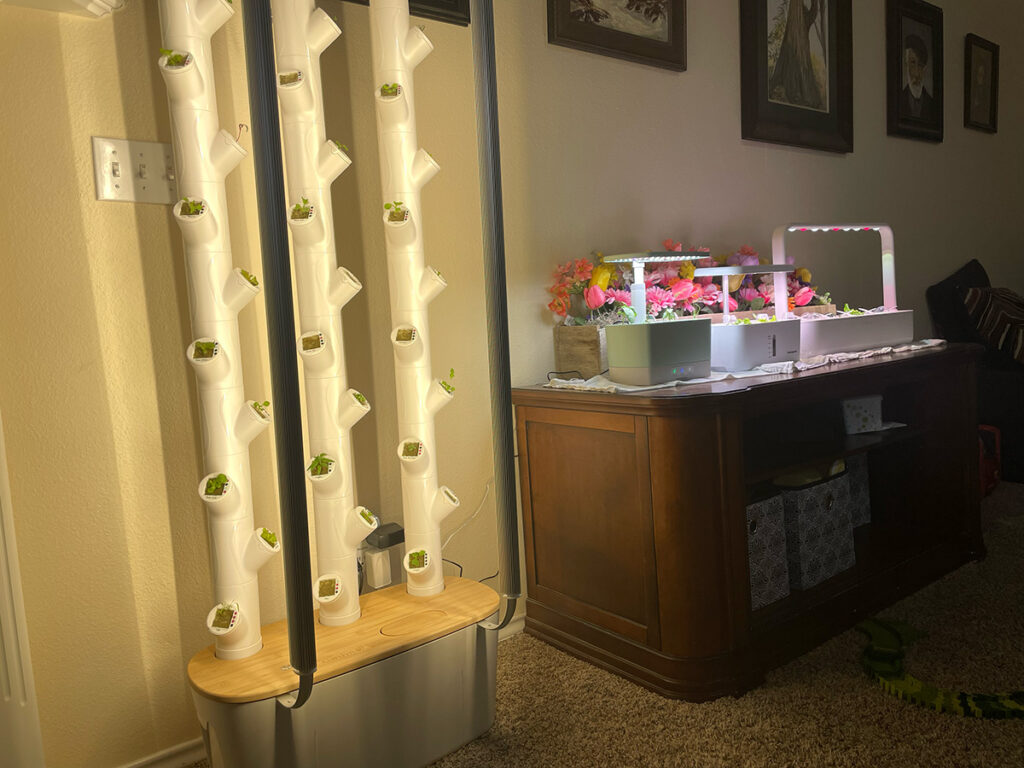
As you make your food storage plan, just remember that you don’t have to do everything at once. Every step you take toward building out a long-term supply of food will make you less dependent on others and more prepared for whatever comes long.
